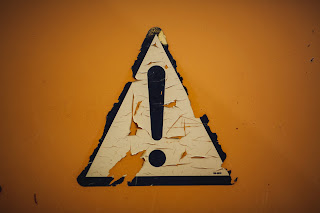The most frequent errors related to the price decoupling of futures markets, fees, and the effects of liquidations. Let's examine some straightforward errors and myths that traders should avoid when trading crypto futures.
Leverage, or the capacity to trade sums greater than the initial deposit, is the main advantage of futures contracts (collateral or margin).
Let's take the example of an investor who deposits $100 and purchases Bitcoin (BTC) futures worth $2,000 utilizing 20x leverage.
A 0.05% fee is imposed on the $2,000 transaction. As a result, the cost of entering and leaving the position once will be $4.00, or 4% of the initial investment. Although it might not seem like much, the cost grows as the turnover rises.
Even if traders are aware of the additional expenses and advantages of employing a futures instrument, an unknown component usually only surfaces during erratic market conditions. Liquidations are typically the source of decoupling between the derivatives contract and the ordinary spot exchanges.
The derivatives exchange has a built-in mechanism that terminates the position when a trader's collateral stops being enough to cover the risk. This mechanism of liquidation could result in abrupt price changes and a resulting decoupling from the index price.
There is nothing wrong with these distinct procedures, but before utilizing leverage, all traders should think about their influence. Trading on futures markets requires consideration of price decoupling, greater costs, and liquidation impact.
Stop trading your P&L, develop emotional control, and keep charting and trading separately. I've observed that this tactic is really effective for many traders. I access my broker platform and enter the deal there whenever I want to execute a trade. Then I'll move to Tradingview and close my broker platform. I avoid looking at my P&L in this way. But it also presents me with a new obstacle, making it harder for me to fiddle around with my deals.
Your transaction size is likely too large for you personally if you are continuously adjusting your P&L and placing too much emphasis on the money. Reduce your lot size and go smaller if you think a frequent loss means a lot to you. Anxiety is a constant indicator of a problem. Rather, concentrate on the procedure. Create a sound trading routine, establish trading guidelines, and strive to execute the best transactions you can to become the best trader you can be. The best trades are those that follow your plan and system the best, in this case.
decide consciously to master only one system, and learn everything there is to know about it. No system will function flawlessly from the start, but it is the responsibility of a trader to look for ongoing development.
More Articles Below









